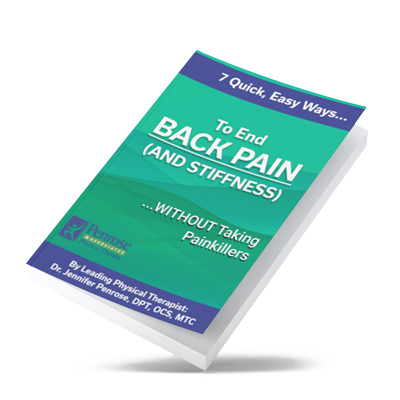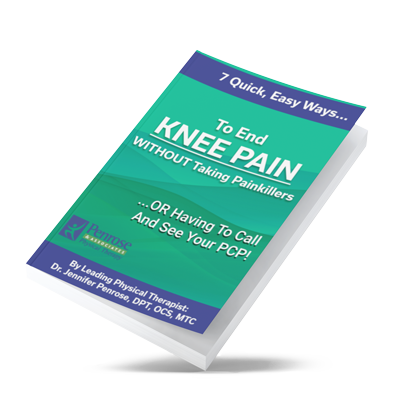LACEY (WA) – Do you have a long commute to and from work or are you the designated driver in your family? Then I certainly wouldn’t be surprised if you’ve experienced some form of back pain. Around 30-60% of drivers report having back pain at some point in their life! We also see a lot of patients in the clinic due to pain that results from spending 30 minutes or daily driving.
Now, why does something as simple as driving trigger back pain when it’s not exactly strenuous? Driving for long periods of time exposes the body to many different forces such as acceleration, sudden stops, and most notably vibrations from the road. These forces are also usually amplified for those who drive larger vehicles.
Aside from the various forces the body is exposed to while on the road, the use of our feet likely plays a larger role in back pain than anything else. Our feet are usually able to provide some stabilization and support to our lower body when sitting but having to press the gas and brake pedals makes that difficult. Therefore, the combination of all these factors, as well as the inadequate design of some vehicle seats can cause back problems for many of us. And if you’ve dealt with back pain, I am sure you know just how unpleasant driving can become (even unbearable in some cases). So I put together a list of tips to help make your next journey as pain-free as possible!
Here are 7 tips to help you:
- Get Comfortable Before You Set Off – A small irritation can quickly grow into an unbearable pain, and if you’ve got a long journey ahead, or even if you’re just in the car for 20 minutes, this can make your journey unpleasant and is likely to affect the rest of your day. So, before you set off, take a few moments to settle into a comfortable position. Check your mirrors, adjust your seat – this is particularly important if you share your car.
- Adjust Your Mirrors – Making sure your mirrors are in the right position is especially important so you don’t have to move or twist to see out of them properly. As a general rule, you should only have to move your eyes to be able to see out of your mirrors. Tip: if you adjust them while sitting up straight – if you begin to slouch you’ll lose vision in the mirror, which will act as a reminder to sit up.
- Use A Towel For Support – For additional support while driving – roll up a towel and place it behind your lower back. Car seats don’t often support the curve of your back. By using a towel you’ll help yourself out by maintaining good posture, making back pain a lot less likely to creep up.
- Make Sure You’re Sitting Comfortably – Most people don’t realize it, but when they’re driving, their seat is positioned completely wrong, which can cause back pain and problems with posture. As you take a seat, make sure your seat is only slightly reclined so that it feels natural to sit comfortably – think 100-degree angle instead of 90, and you’ll be sitting in about the right position to drive pain free. If you recline your seat too far, your head won’t be able to comfortably rest against the headrest which can cause tension in your neck and upper back.
- Take Regular Breaks – I know you see signs for ‘taking a break’ along the side of the road all the time – but it’s for a good reason. Stopping regularly (around every hour) to move and stretch will help ease any tension and reduce any muscle stiffness. When you take a break, do some gentle twists to loosen the body up. And if your neck and shoulders are feeling tense – try shrugging and rolling your shoulders back and forth, then rolling your neck from side to side.
- Use Cruise Control – If your car has cruise control, use this when you can – usually on long stretches of road when it’s quiet or the traffic is flowing nicely. While using it, place your feet on the floor so your legs form a 90-degree angle and gently push them down into the floor. This will help naturally support your spine, and put you in a neutral position without having to press down on the pedal constantly.
- Exercise Regularly – Even just adding exercise into your routine 2-3 times a week will help strengthen your back muscles, release tension and help you maintain a healthy posture. Cardio exercises like cycling, walking and swimming are great for overall fitness, and weight are perfect for improving muscle strength.
I hope these tips help you on your next long drive, I’ll speak to you again next week! The author, Jennifer Penrose, is a Physical Therapist and owner of Penrose Physical Therapy. If you have any questions about back pain, call (360) 456-1444 or email us at info@penrosept.com with any lingering questions you may have!






